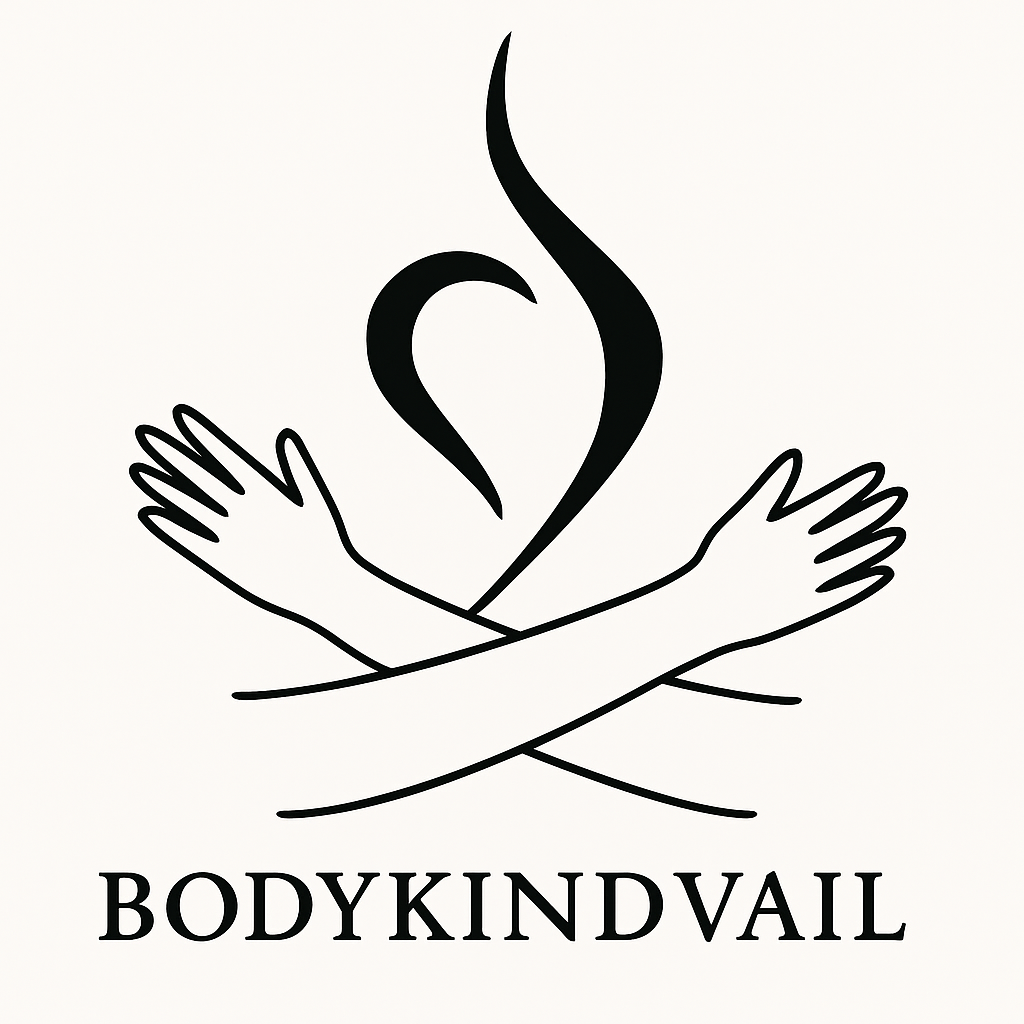Body Image in the Age of Social Media
In a world where filtered photos and highlight reels dominate our screens, it’s no surprise that body image has become a growing concern—especially among young people. Social media platforms like Instagram, TikTok, and Snapchat offer endless opportunities for connection and self-expression, but they can also fuel harmful comparisons, unrealistic beauty standards, and body dissatisfaction.
The Pressure to Look "Perfect"
Social media often promotes a narrow standard of beauty—typically thin, fit, and flawless. With the rise of influencers and content creators who curate their lives and bodies online, many users are left feeling like they don’t measure up.
A study by the Journal of Youth and Adolescence found that greater social media use is associated with increased body dissatisfaction, particularly among teenage girls who engage in appearance-focused comparisons [1]. Similarly, research published in Body Image revealed that just 30 minutes of scrolling through Instagram can negatively impact how individuals feel about their bodies [2].
The Filter Effect
With editing tools and beauty filters just a tap away, it’s become easier than ever to present an altered version of oneself online. While this can be fun and creative, it can also distort our perception of what’s real and what’s attainable. The American Psychological Association warns that exposure to heavily edited images may increase the risk of developing disordered eating habits or body dysmorphia—particularly for youth and vulnerable populations [3].
Youth at the Highest Risk
Adolescents and young adults are especially vulnerable to the effects of social media on body image. According to a 2023 report from Common Sense Media, 40% of teens say they feel pressure to look “perfect” on social media, and 35% have edited photos of themselves to meet those standards [4].
In Colorado specifically, the 2021 Healthy Kids Colorado Survey found that 26% of high school students reported feeling so sad or hopeless almost every day for two weeks that they stopped doing usual activities. Body image concerns—often magnified by social media—are a contributing factor in these mental health challenges [5].
How BodyKind Vail is Helping
At BodyKind Vail, we’re committed to creating safe spaces for individuals to unlearn toxic body messages and rebuild self-worth. Through our youth outreach programs, peer support groups, and educational workshops, we offer tools for critical media literacy, body neutrality, and digital wellness. Together, we’re working to promote a community where all bodies are worthy—online and offline.
What You Can Do
Unfollow accounts that make you feel bad about yourself.
Curate a feed with diverse, body-positive voices.
Engage in conversations about media literacy with youth.
Model self-compassion and body kindness.
Body image shouldn’t be dictated by likes, filters, or algorithms. Let’s make space for authenticity—and support each other in building a healthier relationship with our bodies and our screens.
Sources
Tiggemann, M., & Slater, A. (2013). NetGirls: The Internet, Facebook, and body image concern in adolescent girls. International Journal of Eating Disorders.
Fardouly, J., Diedrichs, P. C., Vartanian, L. R., & Halliwell, E. (2015). Social comparisons on social media: The impact of Facebook on young women’s body image concerns and mood. Body Image.
American Psychological Association (2022). Social Media and Youth Mental Health.
Common Sense Media (2023). Teens and Body Image on Social Media.
Colorado Department of Public Health and Environment (2021). Healthy Kids Colorado Survey.

